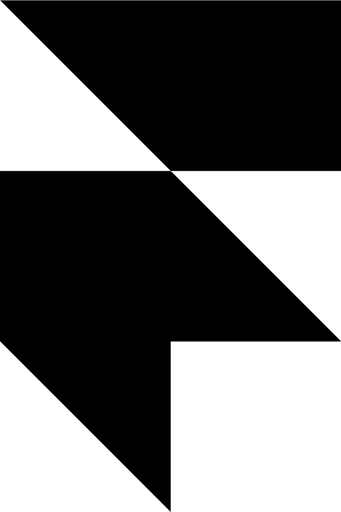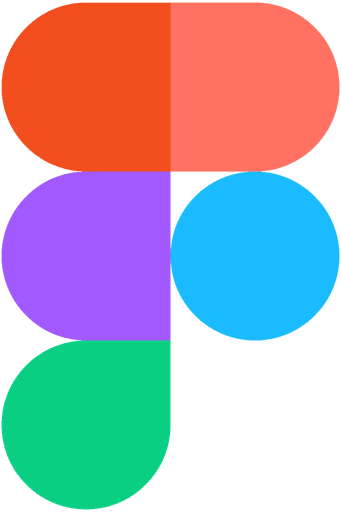Wayfare App
Wayfare is a comprehensive travel agency app designed to simplify and enhance the entire travel experience with seamless trip booking, hotel booking and flight bookings etc, all in one place. It is also designed for all your travel needs with our consolidated packages, real time weather updates, simplified hotel booking, budget friendly options, and streamlined booking process
Roles
UX Research, UI Design, Testing
Tools
Figma, FigJam
Adobe CC
Travel
Duration
13 weeks
Overview
Arranging a trip with family and friends has been challenging due to difficulty finding a trustworthy travel agency offering the right packages, lack of weather updates for selected destinations, struggles with booking reasonably priced hotels, encountering expensive and overly commercialized online packages, and facing an inefficient booking process.
Problem Statement
To design an app that simplifies group travel planning by streamlining communication, offering personalized recommendations, and providing real-time features for efficient booking.
Discover Phase
User research focuses on understanding user behavior, needs, pain points and motivations through various research methods.
Target Audience
As a part of understanding users I interviewed 4 people about their frustrations while booking trips/tour and booking hotels and this gave me a deep understanding of their pain points, motivations and needs.
Competitive Analysis (Quantitative Data)
Features List
Define Phase
Personas
These personas are based on real data about user behaviors, goals, needs, frustrations, motivations etc. This leads to understanding users better and make informed decisions about design and functionality.
Empathy mapping
Empathy map is a visual representation of a user’s perspective, that allows us to gain deeper understanding of user’s needs, goals and emotions.
User Journey Mapping
Ideate Phase
Ideation workshop
After understanding the users and findings their pain points, goals, motivations and needs, I conducted an ideation workshop to ideate solutions.
Information Architecture
Here, organizing and structuring content was done to create an intuitive and user-friendly navigation system.
User Flow
Here, illustrating the sequential path users take to accomplish tasks within a digital product was done, to facilitate a deeper understanding of user interactions.
Prototype Phase
Low-Fidelty
Low fidelity are rough and basic representations of a design idea. They are typically created quickly and with minimal detail. They’re quick to create and focus on structure and content rather than aesthetics.
Mid-Fidelty
Design System
Typography
Grid System
Components
UI Elements
High-Fidelity
Testing
After completing all UI screens and prototypes. I used Maze to conduct usability testing and I gave a small introduction to my users about the application before handing them a task.

























